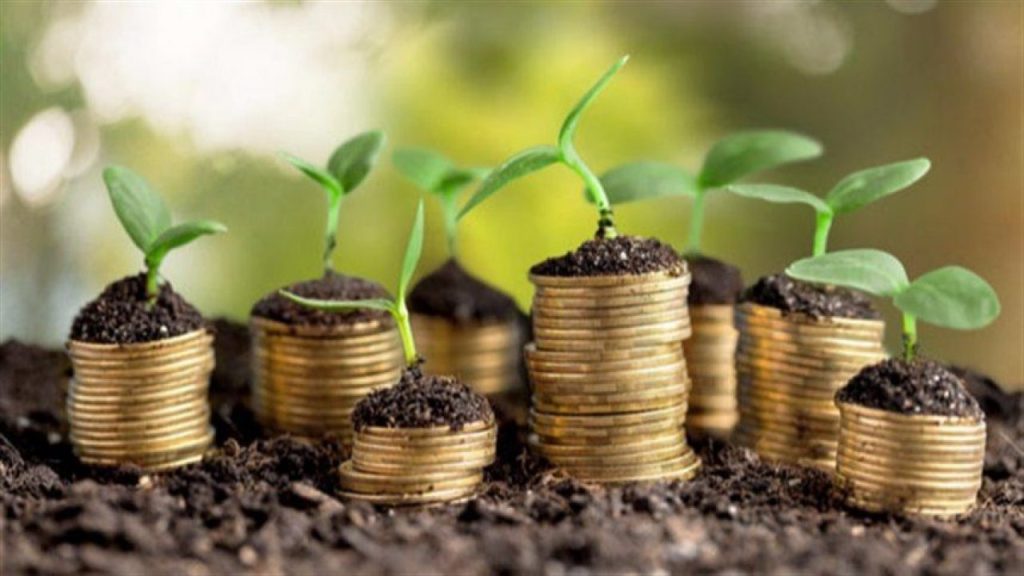
What is Development? How can we ensure that the changes we plan can follow a more creative path, with more collective and more sustainable solutions?
Until recently, the measure of a country's development was entirely related only to the degree of industrialization and the measure of GDP (gross domestic product). However, especially in more structured countries, the debate arises for more mature development models, understanding that economic growth cannot be dissociated from quality of life and well-being, access to energy, social justice and the conservation and sustainable use of natural resources.
It is undeniable that efforts in planning and investments in research promoted a leap in development in science and innovation, and that they brought great benefits to humanity, such as reducing poverty, increasing life expectancy, reducing infant mortality, etc.
But we need to go further! Brazil still has extreme social inequality, we suffer from accidents and serious environmental problems whose origins lie in the lack of planning and consistent investments, but also in a historical process that is confused with neglect and omission.

The way in which economic development in Brazil was historically planned, based on the use of natural resources for mainly agricultural production, was important, but it has not yet brought results that meet expectations given the natural potential in which we are located.
Resource exploitation models cannot follow the same ones practiced during colonization times.
There is a need to invest in more creative, more efficient, more inclusive processes and more systemic analyzes of the use of all of Brazil's natural potential.
Along this path, new concepts of agriculture, public policies, a production model aimed at understanding the relationships between ecosystems, biodiversity, use of water resources and the valuation of forests, circularity of materials, biomimetics and others are created.
Some important initiatives are taking place in this scenario, new business models and partnerships are being formed to develop, for example, the so-called Bioeconomy, which takes on a different approach in each country based on the availability of biological resources. “Brazil has a privileged position, which makes it extremely competitive in this race. Biofuel, a successful experiment, is not the only form of Bioeconomy, the country has the advantage of having high quality raw materials on a large scale” (John Melo, Global President of Amyris). The question is how to exploit it efficiently and sustainably?
Carlos Nobre, scientist and researcher at IEA/USP, one of the creators of the Amazon 4.0 Project, cites the example of a fruit that is highly appreciated on the global market, Açaí, which generates profitability in Pará four to six times greater than soybeans in state. “With this technology, we have the potential to explore natural resources in a sustainable way, without needing large exploration areas. And we can still increase productivity”, says Nobre (Época Negócios, 2019). Products such as açaí, honey and palm oil are produced, in certain cases, within conservation units, in a responsible manner, meaning there is no need for new cultivation areas.
Measurement tools, which appear as a way of estimating socioeconomic and environmental impacts, are also following these trends, establishing contact with experts in academia, companies, governments and society to assist with data that can structure decisions. This is what happens with the Life Cycle Analysis and Eco-efficiency tools, which address not only the already known Carbon Footprints, Water Footprints, but Impacts on Biodiversity, land use and social impacts.

Looking for a more holistic format and recognizing that science is aimed at meeting human well-being and that of other living beings, measurement tools are beginning to be accompanied by other data analysis methodologies, which could even be said to be more intuitive. This is the case of using Perception Analysis to identify material themes that reflect the needs of each link in a value chain. Therefore, before carrying out a quantitative analysis of impacts (e.g. a life cycle analysis), it is possible to map the main doubts and where the opportunities are to evolve on the topic, resulting in greater speed and efficiency in the use of investments.
The measurement field, structured for Life Cycle thinking, also gains space as they achieve one of their main objectives, which is to assist the elaboration and development of public policies with the support of scientific analysis. Among some experiences is Renovabio. According to the specialist at Fundação Espaço ECO, Michelle Scachetti, Renovabio is a public state policy that has been developed since 2016 and is just a few days away from coming into force. The program establishes annual decarbonization targets for the transport sector, where fuel distributors have the obligation to reduce the total CO2eq emissions of the fuels they sell through the purchase of CBIOs (decarbonization credits), available for sale via B3 to from January 2020. These CBIOs are obtained taking a life cycle approach, as they correspond to the Environmental Energy Efficiency Rating (difference between the Carbon Intensity of fossil fuel and biofuel) of each plant, thus generating a new source of revenue to the plants, in addition to a competitive advantage based on the Carbon Footprint (in this context called Intensity) of its biofuels.
In the cosmetics industry, the main launches follow the trend of organic, vegan and ecofriendly products. In this market, which has been growing exponentially, spaces are emerging for small and medium-sized producers who claim to generate waste that does not cause damage to the environment, in addition to much lower water consumption in their production process, compared to conventional ones. However, there is a challenge in relation to packaging and it is necessary to integrate the chain so that the end of life of the product can maintain circularity.
Some certificates were created with the aim of providing traceable and verifiable information that, in a certain way, regulates the use or banning of some ingredients that are more healthful, have less risk to health and the environment, or are related to a lifestyle/purpose. , as is the case with vegan products, which in addition to ensuring consumer health, also work for the animal cause. The public for these products is generally concerned about practicing new consumption habits and generally triggers other reflections on sustainability.
The banning and traceability of raw materials, the adoption of alternative tests to those on animals and the impacts of cosmetic waste on the environment are the focus of discussions between the industry and the consumer market and also motivate great effort in research and development, showing that in addition to the beauty care, this segment is also highly focused on impacts throughout the chain, explains Taisa Caires, a specialist in sustainable chain management for vegan cosmetics.
In the scenario of social impact measurements, there are constant discussions about the precision to assess the causality of an impact of an intervention in isolation. Some methods such as SROI (Social Return on Investment) can, based on the design of a Theory of Change – which once again requires the collective perception of those involved – inform how much a unit of a given social investment returns/is equivalent to in money. However, social impact analyzes focused on an overvalued understanding of economic return can guide inaccurate strategic decisions given the complexity of variables that involve social dynamism.
Thus, the search for solutions that are considered more sustainable and socially responsible receives the commitment to gather and articulate action plans very close to other links in the value chain so that they justify their qualification in their innovations and decisions. From an initiative, for example, where waste is no longer seen as such and begins to be used as a material resource, it brings, in a way, a very interesting development character to the product, but which requires an essential communication task. more intense with stakeholders at this stage of the chain, so that these post-consumption resources can have planned circularity, in the programmed quantity and specified quality.
Therefore, measurements can help with scientific data, provide quantitative guidance on certain decisions and balance discussions with different points of view, providing more comprehensive information than just measuring the quantity of goods and services in a country (in the case of GDP). However, to find indicators that justify arguments for a decision of collective interference, where a network of perceptions, cultures and experiences are present, it is necessary to understand that they cannot be taken in a trivial way, that they involve multidisciplinary knowledge, and that behind these long-awaited numbers there are the expectations and needs of modern society.
Share